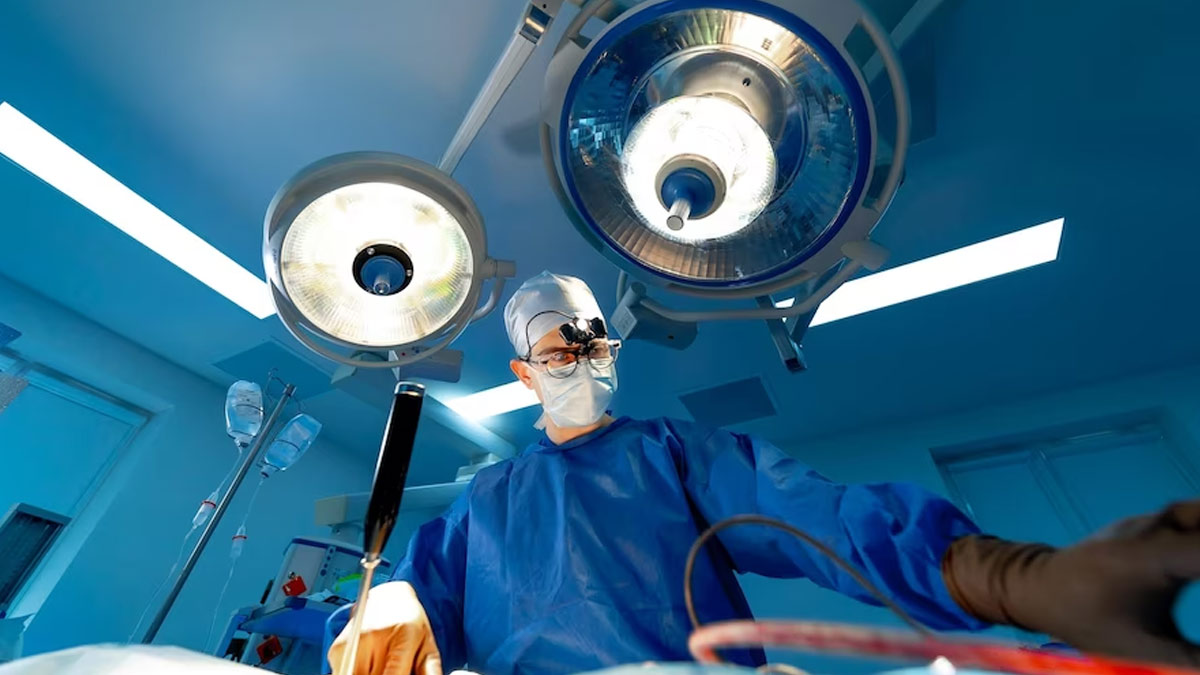
There has been an alarming rise in the number of spinal problems, such as back and neck pain in India. This is mainly due to a lack of physical activity and improper posture. To address this rising health condition, doctors have found Minimally Invasive Surgery (MIS) to be an effective mode of treatment. It is not only a safe option but also increases the recovery speed. To shed light on this, we spoke to our expert Dr Bala Raja Sekhar Chandra Yetukuri, Senior Consultant Neuro and Spine Surgeon, Yashoda Hospitals, Hyderabad, on this World Spine Day to understand the causes of spine problems and benefits of MIS.
Table of Content:-
Reasons For Increased Spine Problems

Dr Yetukuri said, “There is an increase in spinal problems i.e. back and neck pain, as well as various other issues related to the spine these days, especially in the younger generation.” According to the Indian Journal of Orthopaedics, lower back pain ranks within the top 10 contributors to the highest number of disability-adjusted life years lost on a global scale. Also, it stands as the primary source of disability and work absenteeism.
Dr Yethukuri listed the reasons for the increased spine problems as follows:
- Lack of physical activity
- Obesity
- Improper nutrition
- Stationary jobs
- Improper Weight lifting methods
- Excessive alcohol consumption
- Smoking
- Lack of physical activity in children
- Increased use of Mobile phones
- Improper Posture at the Workplace
- High-speed road traffic accidents
Also Read: World Spine Day 2023: Expert Explains Importance Of Spine Health And How To Maintain It
Prolapsed Intervertebral Disc: The Most Common Surgical Concern

One of the most common spinal issues requiring surgery is the prolapsed intervertebral disc. Dr Yetukuri said, “In the past, open procedures like Laminectomy were employed to address disc problems. However, these procedures necessitated extended hospitalisation and a delayed return to normal activities, particularly concerning the younger population. Hence, the demand for minimally invasive procedures became evident.”
According to the American Association of Neurological Surgeons, the objective of MIS is to achieve the stabilisation of vertebral bones and spinal joints and/or alleviate the pressure exerted on the spinal nerves. This frequently stems from conditions like spinal instability, bone spurs, herniated discs, scoliosis, or spinal tumours.
Also Read: Decoding Spinal Cord Injuries: Expert Lists Types And Levels Of Injury
Advancements in Spinal Surgery: Minimally Invasive Procedures

Dr Yetukuri noted, “Procedures, such as Percutaneous Endoscopic Lumbar Discectomy (PELD) and MIS offer valuable solutions to this growing issue. PELD, in particular, stands out as it requires no anaesthesia, leaves no scars, and is a day-care procedure, enabling a swift return to regular activities.”
He added, “This approach promotes early recovery, reduces pain, minimises infection risks, and eliminates various complications associated with open spine surgeries.”
Benefits of MIS Fixations
Dr Yetukuri highlighted Patients requiring fixations also experience several benefits from MIS, including less hospitalisation, reduced infection risks, decreased bleeding, and a quicker return to normal activities.
Bottomline
Dr Yetukuri concluded Preventing spinal issues involves avoiding the factors mentioned above. In cases where surgery is required, Minimally Invasive Surgery (MIS) emerges as a reliable and safer option, ensuring a smoother path to recovery.
[Disclaimer: This article contains information provided by a registered healthcare professional and is for informational purposes only. Hence, we advise you to consult your expert for a treatment tailored to your needs and medical history.]
Also watch this video
How we keep this article up to date:
We work with experts and keep a close eye on the latest in health and wellness. Whenever there is a new research or helpful information, we update our articles with accurate and useful advice.
Current Version